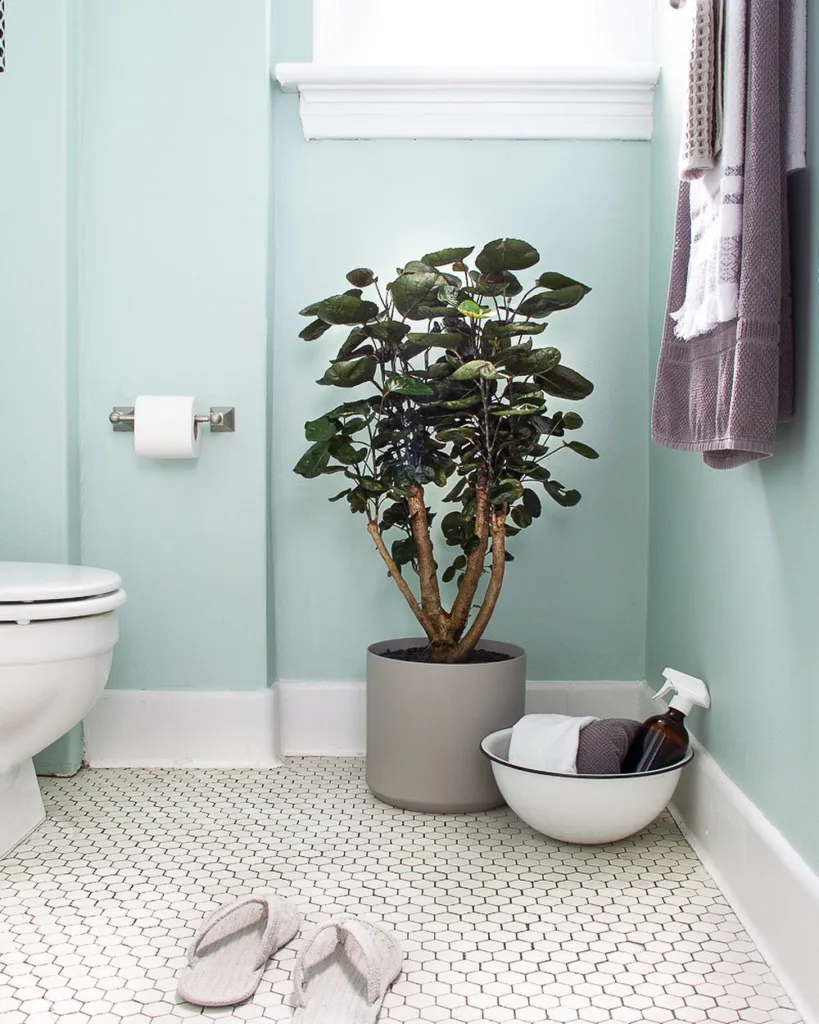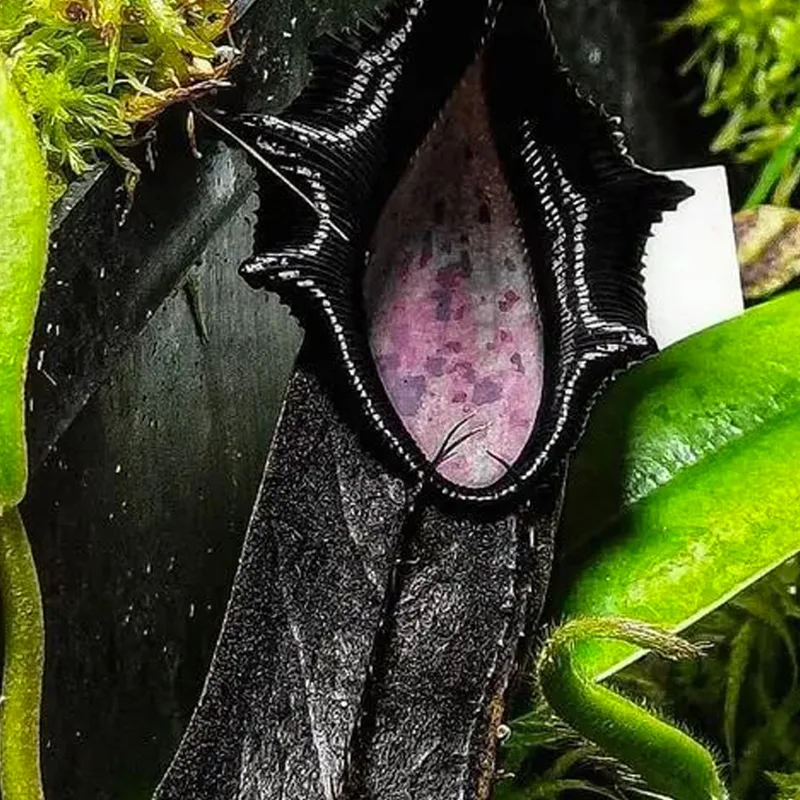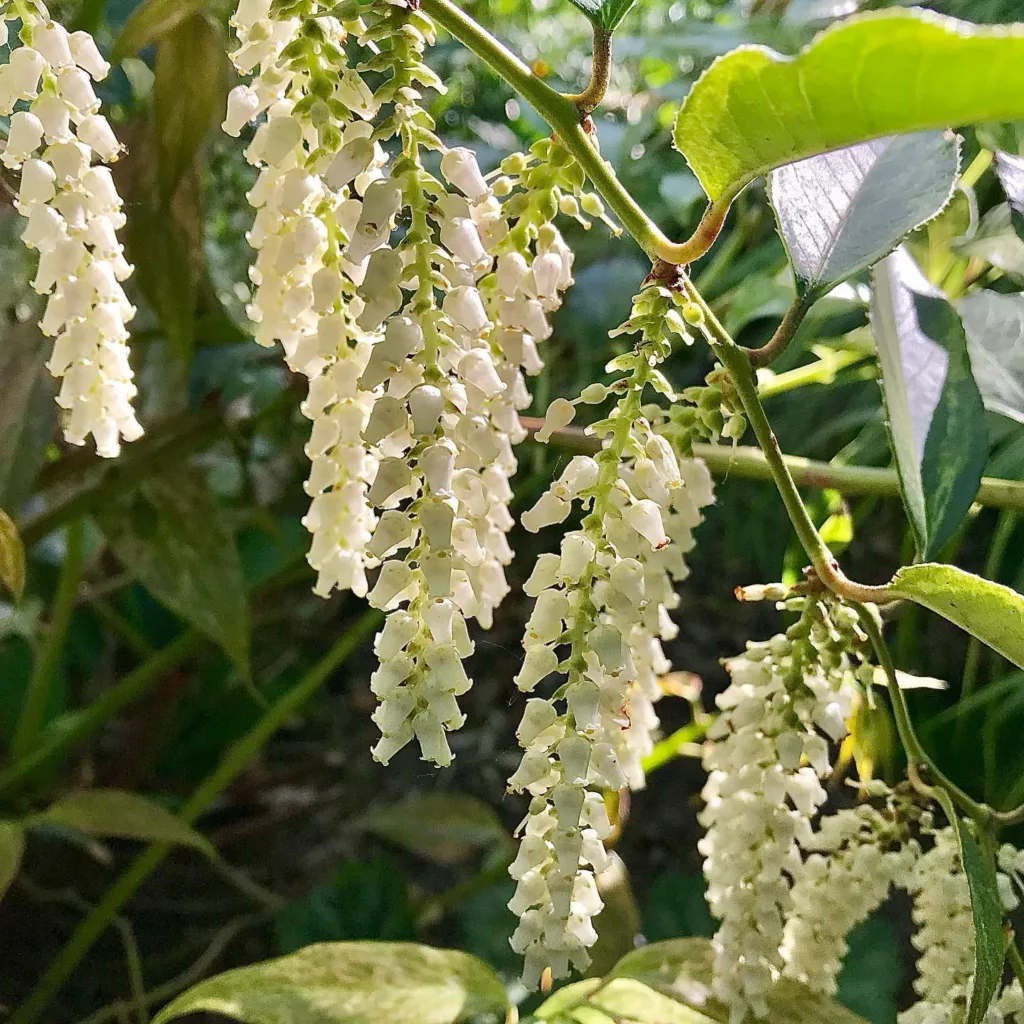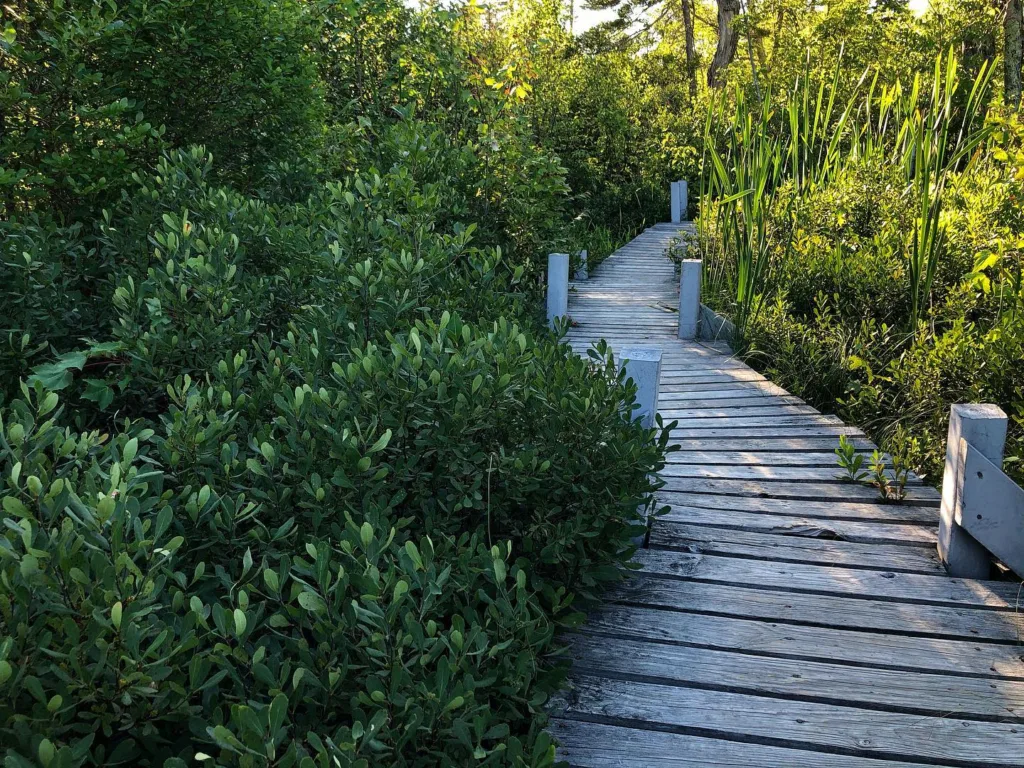My Love Affair with Ammobium
As a plant enthusiast, I’m always on the lookout for unique and fascinating genera to add to my garden. Recently, I’ve become quite enamored with Ammobium, a small but captivating genus of flowering plants in the Asteraceae family. Native to Australia, these plants are known for their papery, everlasting flowers that bring a touch of whimsy and enduring beauty to any setting.
Discovering the Delights of Ammobium
My first encounter with Ammobium was purely accidental. While browsing through a local nursery, a cluster of snow-white flowers caught my eye. They looked like miniature daisies, but with a unique texture that was both delicate and sturdy. Intrigued, I picked up the pot and was immediately smitten. The label read “Winged Everlasting,” and I knew I had to learn more.
A bit of research revealed that “Winged Everlasting” is the common name for Ammobium alatum, the most well-known species in the Ammobium genus. The name “alatum” refers to the winged stems, a distinctive characteristic of this species. The flowers, which bloom profusely from late spring to autumn, are actually bracts that surround the tiny, yellow florets in the center. These bracts are papery to the touch and retain their shape and color even when dried, making them perfect for everlasting arrangements.
Exploring the Ammobium Genus
While Ammobium alatum is the most popular, the genus boasts a few other intriguing species. Here’s a list of the Ammobium species I’ve come across in my research:
- Ammobium alatum, commonly known as the “Winged Everlasting,” is an Australian perennial plant known for its hardy, silvery foliage and unique, papery white flowers with a yellow center. Its stems have distinctive wing-like appendages, giving the plant a sculptural look that’s highly valued in both wildflower gardens and floral arrangements. Blooming from late spring to autumn, this species thrives in well-drained soils and sunny locations, proving especially resilient to drought. Ammobium alatum adds texture and brightness to xeriscapes, attracting pollinators and standing out for its ability to retain color and form even when dried.
- Ammobium craspedioides is a lesser-known member of the Ammobium genus, sharing a resemblance with the more widely recognized Ammobium alatum but differing in its slightly more compact growth and smaller flower heads. This species also sports the characteristic long-lasting, papery flowers in shades of creamy white, making it an excellent addition for dried floral arrangements. Adapted to dry, sandy, or rocky soils, Ammobium craspedioides thrives in arid climates and full sun, displaying a hardy nature that supports wildflower diversity. This plant provides a subtle, understated elegance to gardens designed with water conservation in mind.
- Ammobium calyceroides is a rare, ornamental plant distinguished by its striking, daisy-like flowers with bright white petals and a yellow center, similar to other Ammobium species. However, it tends to grow in more compact, rounded clumps, and its floral bracts are often thicker, giving the blooms a more structured appearance. This species is less commonly found in cultivation but holds significant potential for xeriscapes due to its drought tolerance and adaptability to nutrient-poor soils. Ammobium calyceroides attracts beneficial insects and remains visually appealing throughout the growing season, even as other garden plants begin to fade.
Growing Ammobium: My Personal Experience
Eager to cultivate these charming plants, I purchased a few Ammobium alatum seedlings and planted them in my garden. They prefer a sunny location with well-drained soil, and they’re surprisingly drought-tolerant once established. I’ve found that they’re relatively low-maintenance, requiring only occasional watering and deadheading to encourage continuous blooming.
One of the things I love most about Ammobium is its versatility. It looks stunning in borders, cottage gardens, and wildflower meadows. The flowers can also be dried and used in crafts, potpourri, and wreaths. I’ve even experimented with adding them to homemade paper for a unique touch.
Why I Admire Ammobium
My appreciation for Ammobium goes beyond its aesthetic appeal. I admire its resilience, its ability to thrive in diverse conditions, and its long-lasting beauty. These plants remind me that even the most delicate things can possess incredible strength and endurance.
In a world that often feels fleeting and ephemeral, Ammobium offers a sense of permanence and enduring charm. Its papery flowers, frozen in time, serve as a gentle reminder to savor the present moment while cherishing the memories of the past.
If i die, water my plants!



